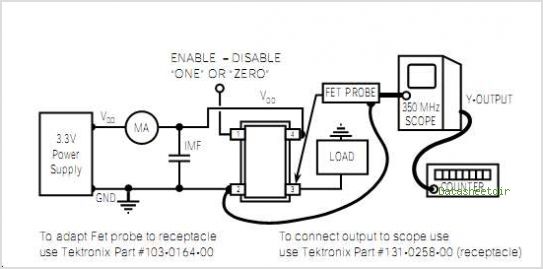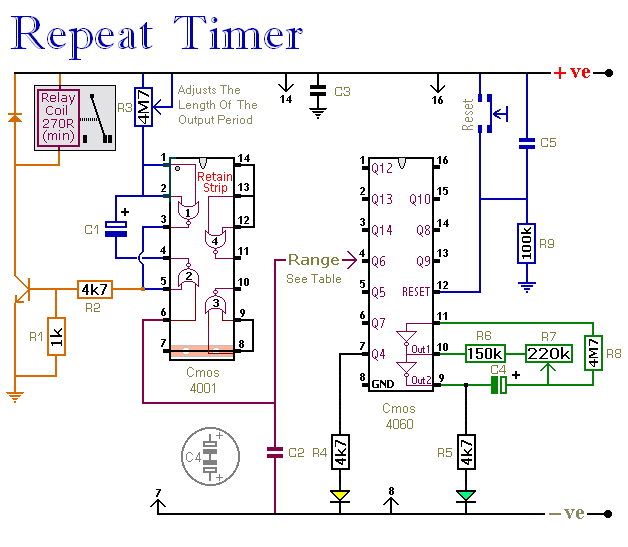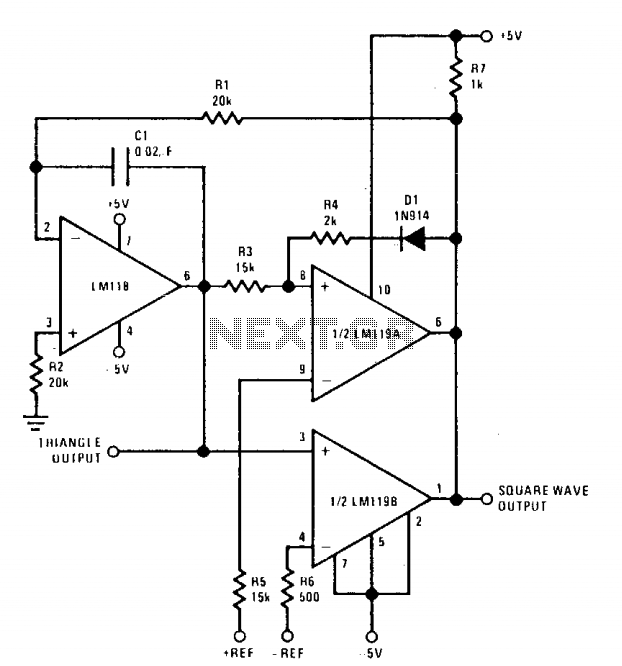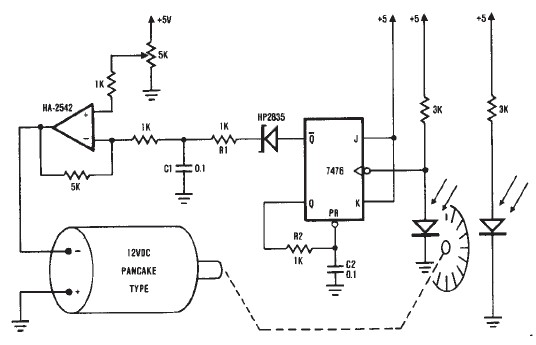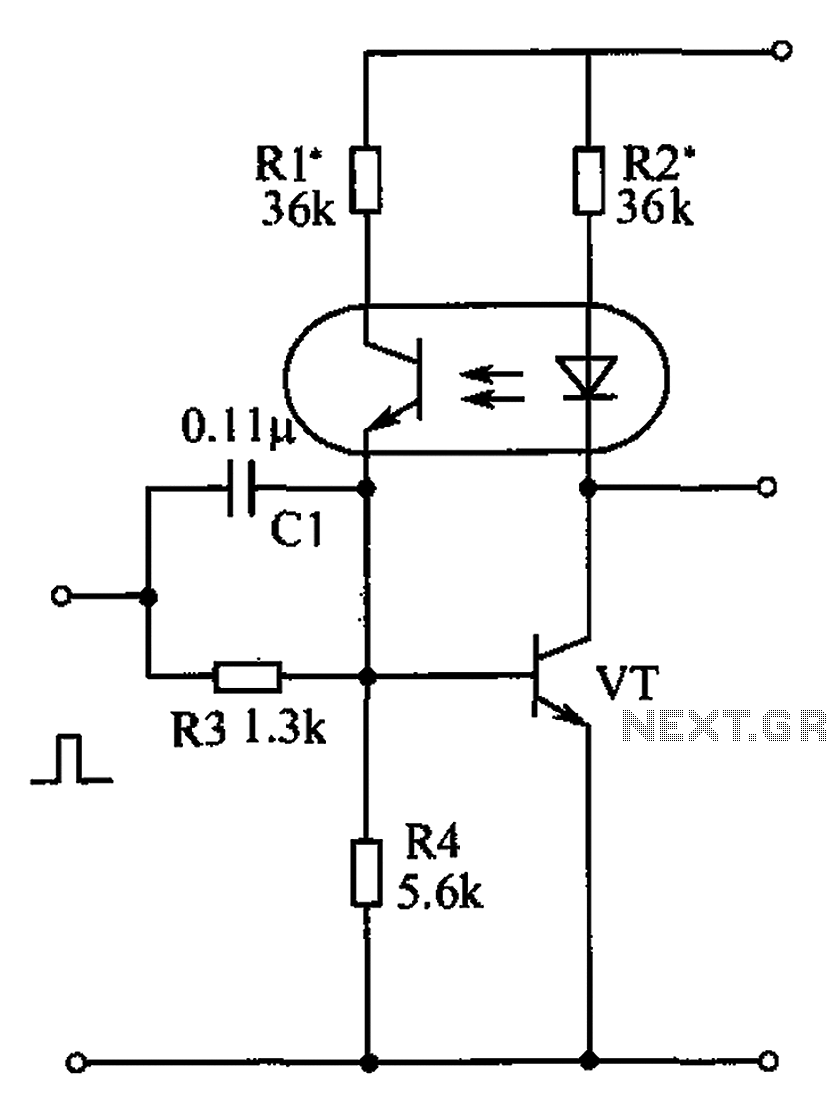
Qrp Sidetone Generator Code Practice Oscillator Circuit
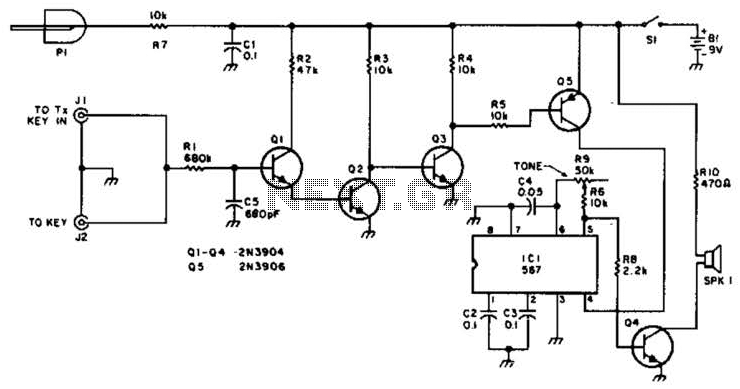
For use with low-power transmitters that require a positive keying voltage. The transistors Q1, Q2, and Q3 are configured as a switching amplifier. When the key is pressed, the collector of Q3 is pulled to ground, which activates Q5 and triggers IC1, an audio oscillator. Q4 is responsible for driving the speaker. Additionally, for code practice oscillator applications, insert PI and J1, and connect a key to J2.
The described circuit serves as a low-power transmitter interface, designed to operate with a positive keying voltage. The primary components, Q1, Q2, and Q3, are arranged in a switching amplifier configuration. This arrangement allows for efficient control of the circuit's power state based on the keying action.
When the key is engaged, it causes the collector of transistor Q3 to be pulled down to ground potential. This action activates transistor Q5, which acts as a further switch in the circuit. The activation of Q5 results in the powering of IC1, which is an audio oscillator. The audio oscillator generates a tone or signal that can be utilized for various applications, such as signaling or sound generation.
Transistor Q4 is employed to drive the speaker, allowing the audio output generated by IC1 to be converted into sound waves. This configuration is particularly useful in applications such as code practice oscillators, where the generated audio signal can be used for training purposes in Morse code transmission.
For enhanced functionality, the circuit includes provisions for additional components. In the case of a code practice oscillator, inserting PI and J1 into the circuit allows for further customization and expansion. Additionally, a key can be connected to J2, providing the user with a straightforward interface for initiating the audio output.
Overall, this circuit design is optimized for low-power applications, ensuring efficient operation while providing the necessary features for audio generation and transmission in various electronic projects. For use with low-power transmitters with a positive keying voltage. Q1/Q2/Q3 form a switching amplifier. When the key is pressed, the collector of Q3 goes to ground, turning on Q5 and activating IC1, an audio oscillator. Q4 drives the speaker. For use as a code practice oscillator, insert PI and J1 and a key in J2.
The described circuit serves as a low-power transmitter interface, designed to operate with a positive keying voltage. The primary components, Q1, Q2, and Q3, are arranged in a switching amplifier configuration. This arrangement allows for efficient control of the circuit's power state based on the keying action.
When the key is engaged, it causes the collector of transistor Q3 to be pulled down to ground potential. This action activates transistor Q5, which acts as a further switch in the circuit. The activation of Q5 results in the powering of IC1, which is an audio oscillator. The audio oscillator generates a tone or signal that can be utilized for various applications, such as signaling or sound generation.
Transistor Q4 is employed to drive the speaker, allowing the audio output generated by IC1 to be converted into sound waves. This configuration is particularly useful in applications such as code practice oscillators, where the generated audio signal can be used for training purposes in Morse code transmission.
For enhanced functionality, the circuit includes provisions for additional components. In the case of a code practice oscillator, inserting PI and J1 into the circuit allows for further customization and expansion. Additionally, a key can be connected to J2, providing the user with a straightforward interface for initiating the audio output.
Overall, this circuit design is optimized for low-power applications, ensuring efficient operation while providing the necessary features for audio generation and transmission in various electronic projects. For use with low-power transmitters with a positive keying voltage. Q1/Q2/Q3 form a switching amplifier. When the key is pressed, the collector of Q3 goes to ground, turning on Q5 and activating IC1, an audio oscillator. Q4 drives the speaker. For use as a code practice oscillator, insert PI and J1 and a key in J2.
